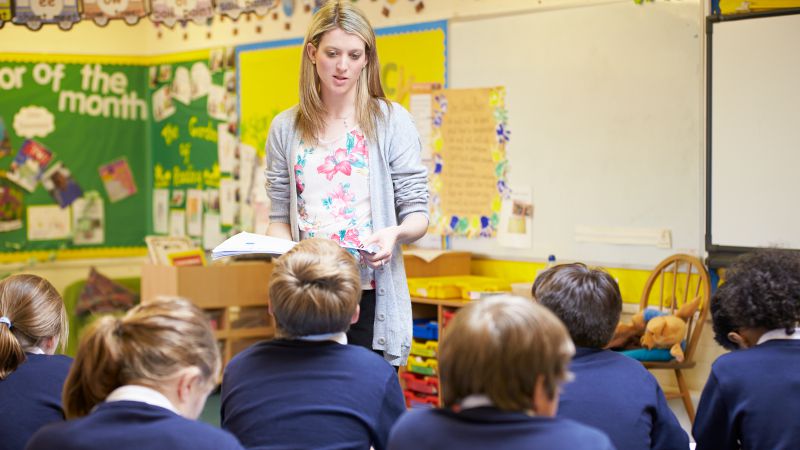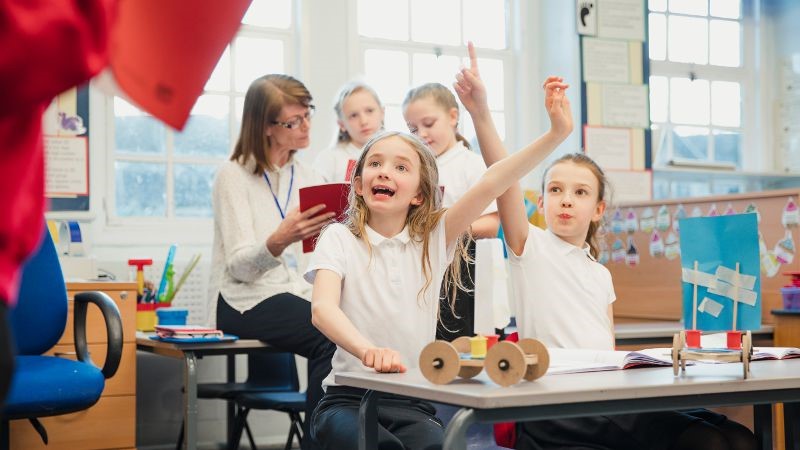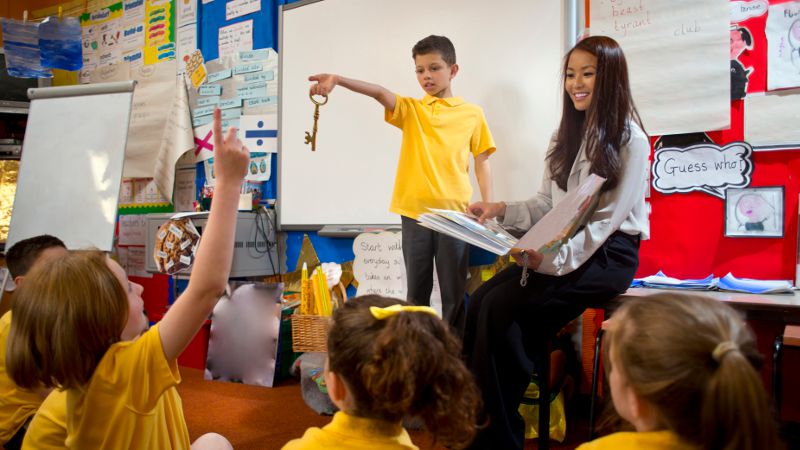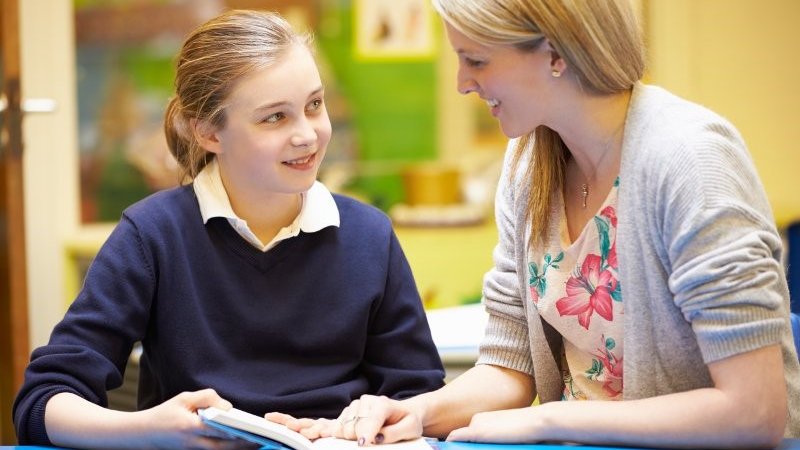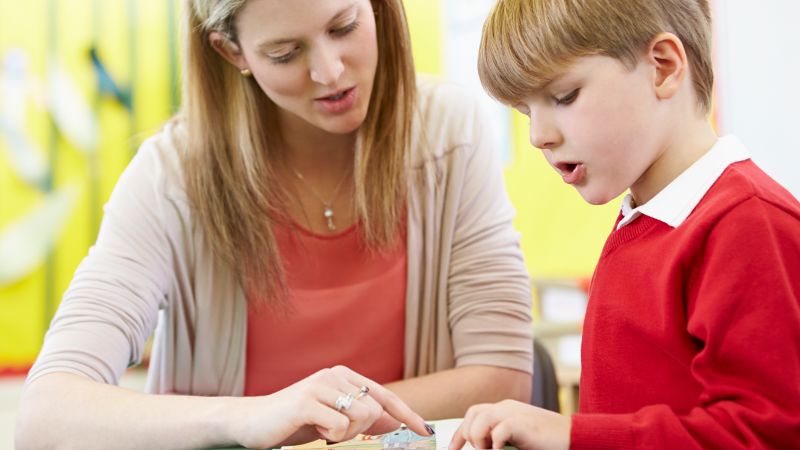
Individual Education Plans (IEPs)
What Is It? Why Use It? How to Use It?
Individual education plans (IEPs) – a written document that outlines the educational needs, teaching strategies and goals of a student with special needs of some kind.

Some learners (especially those with a disability or a disorder) need additional systematic support from a team of educational professionals. Students with learning disorders, neurological disorders, or any disability or disorder that significantly impacts their learning are commonly placed on an individual education plan. Many students with autism have an IEP. Individual Education Plans (or IEPs as they are more commonly known) are developed when students are identified as having particular needs that are not adequately addressed with additional support alone. An IEP is warranted when the learning needs of an individual student are vastly different to the rest of the class. They are used when standard classroom strategies (like differentiated instruction, remedial strategies, one-to-one tutoring and guided learning) are no longer sufficient.
Students on IEPs generally require additional one-to-one support from a teacher’s aide for at least part of the school day. In many cases, a full-time teacher’s aide will be assigned to one student on an IEP. The student works from either a heavily differentiated or a completely separate curriculum. Their educational goals are specific to their needs and are revised regularly. Almost every student in a special needs centre or school has a detailed individual education plan.
An IEP is warranted when the learning needs of an individual student are vastly different to the rest of the class. They are used when standard classroom strategies (like differentiated instruction, remedial strategies, one-to-one tutoring) are no longer sufficient.
An IEP is the end result of a backwards-design and designing-down planning strategy specifically targeted to one individual. The IEP may outline units of work, weekly goals or even lesson goals. Alternatively, it might be less detailed but links to more detailed planning documents such as term planners. The purpose of individual education plans are:
- to identify the student, their disability or disorder, and logistical details such as their classroom
- to outline the student’s interests and motivations, as well as tips on how to best manage them based on experience
- to identify those responsible for the student’s education (and their specific roles)
- to identify the expectations of those involved in the IEP
- to confirm what the student already knows (which becomes the starting point of the program)
- to outline what the student can do (their level of reading, writing, numeracy, maths and science knowledge/skills)
- to agree on the education goals (short, medium and long-term social, physical, life and academic skills)
- to outline the broad topic(s) relevant to each unit of work
- to outline teaching and learning strategies that are known to work
- to outline the resources required (including assistive technologies)
- to divide the learning program into practical sections such as units of work, weeks and lessons (each with a different focus or a sequence that scaffolds, elaborates and builds)
- to set learning routines (anchor activities, homework and parental involvement)
- to outline specific metacognitive skills to be emphasised
- to link with other behavioural, medical or care plans (for example, motivation strategies)
- to outline contingency management plans for issues such as chronic absenteeism, when a student finds tasks are too difficult, when staff are absent, when IT resources are unavailable, or when the student is not interested
- to outline who can amend the document and under what circumstances
- to outline formal review dates (including teacher-parent conferences).
Hint: research has shown that parental involvement in a child’s education contributes to positive outcomes.i The development or review of an IEP is an opportunity for parents to become more involved. This is known as ‘bridging the school-home divide’.
Individual Education Plans are usually developed by the student’s teacher following a handover from their previous teacher. They are finalised in the second or third week of the year after the student’s new teacher has had time to conduct a range of formative assessment activities (such as diagnostic tests) and to generally 'get to know' the student.
IEPs may be made in consultation with parents, the student, other teachers, senior staff, specialist staff (such as a literacy specialists), disability carers, psychologists, speech pathologists, doctors and any other person involved in the education and care of the student in their daily life. These individuals are collectively referred to as ‘stakeholders’, ‘the student’s support group’ or the ‘education team’. At a minimum, teachers try to meet with parents or caregivers at least once. Unfortunately, many parents rely on the teacher to make all of the decisions about their child’s education (and the bulk of teachers prefer it that way anyway). Teachers often ask support staff for their input (especially if support staff have worked with the student in the past).
Individual education plans are dynamic working documents. This means that they are referred to, reviewed and updated regularly. Teachers set out IEPs in many different ways – some schools require specific templates be used. There are no rules or laws about what must (and must not) be included in an individual education plan. The main requirements are that it needs to be effective, achievable and tailored.
The IEP helps teachers and support staff by providing a systematic, methodical and highly structured staging point which staff can base their work around and refer to as a guide throughout the year. It reduces decision fatigue by outlining all major curriculum decisions at the start of the year. Individual education plans are intended to be helpful and not a bureaucratic hinderance – they should improve efficiency and ensure that everyone works toward a common goal by using a series of agreed strategies and techniques.
Foot notes:
- Sapungan, G.M., & Sapungan, R.M. (2014). Parental Involvement in Child's Education: Importance, Barriers and Benefits. Asian Journal of Management Sciences & Education. Vol.3 No. 2. 42-48.







